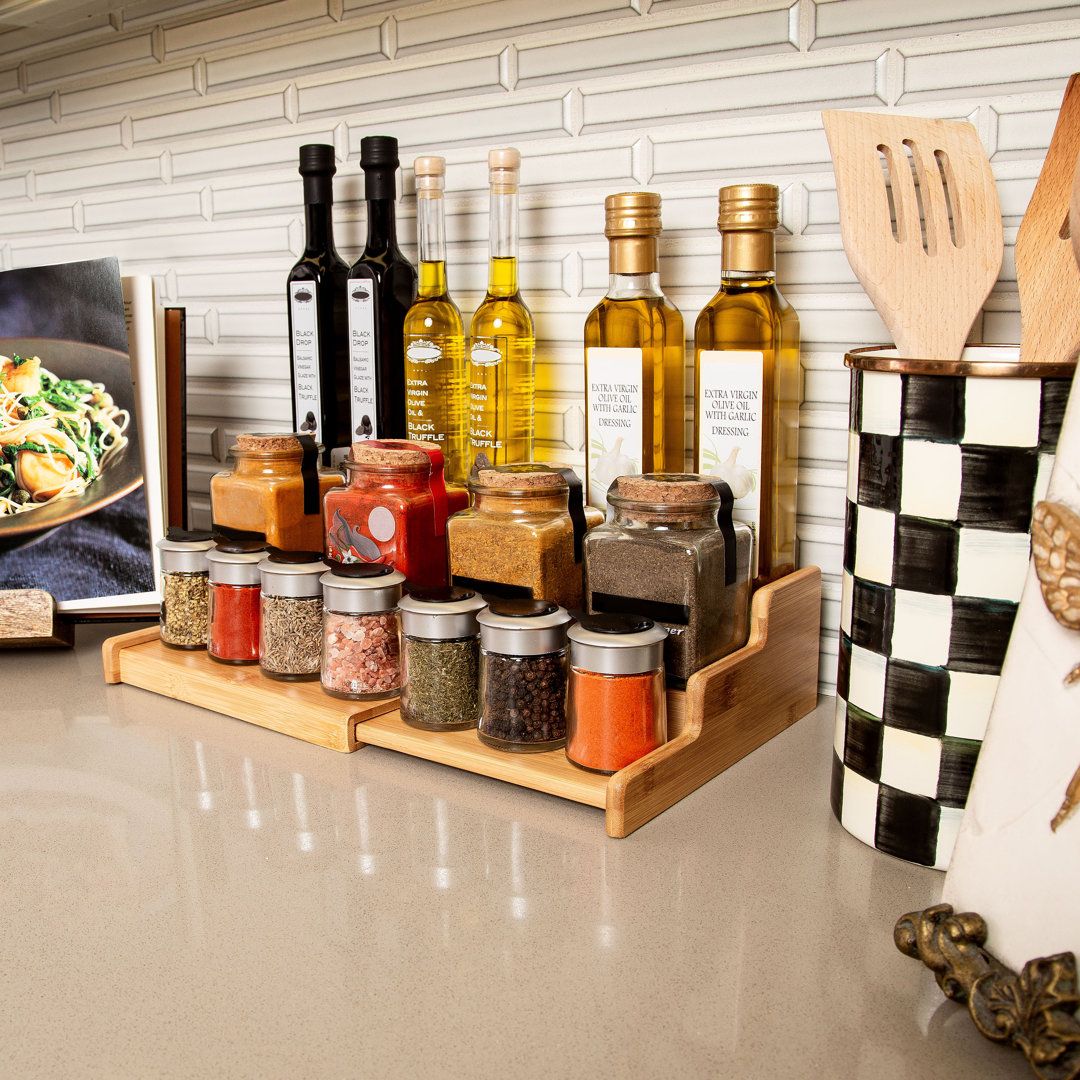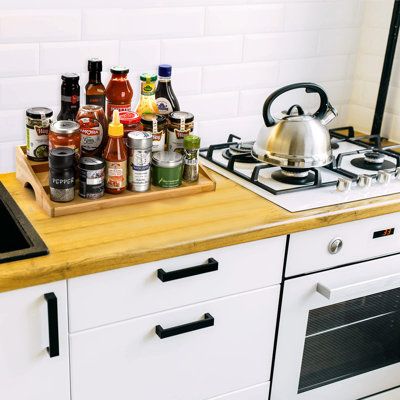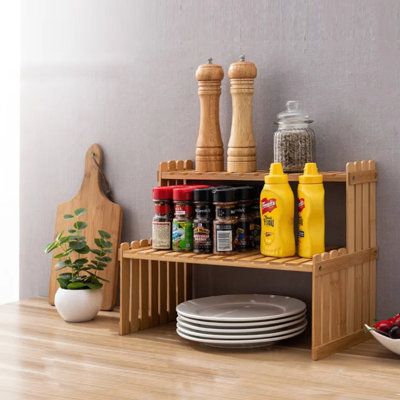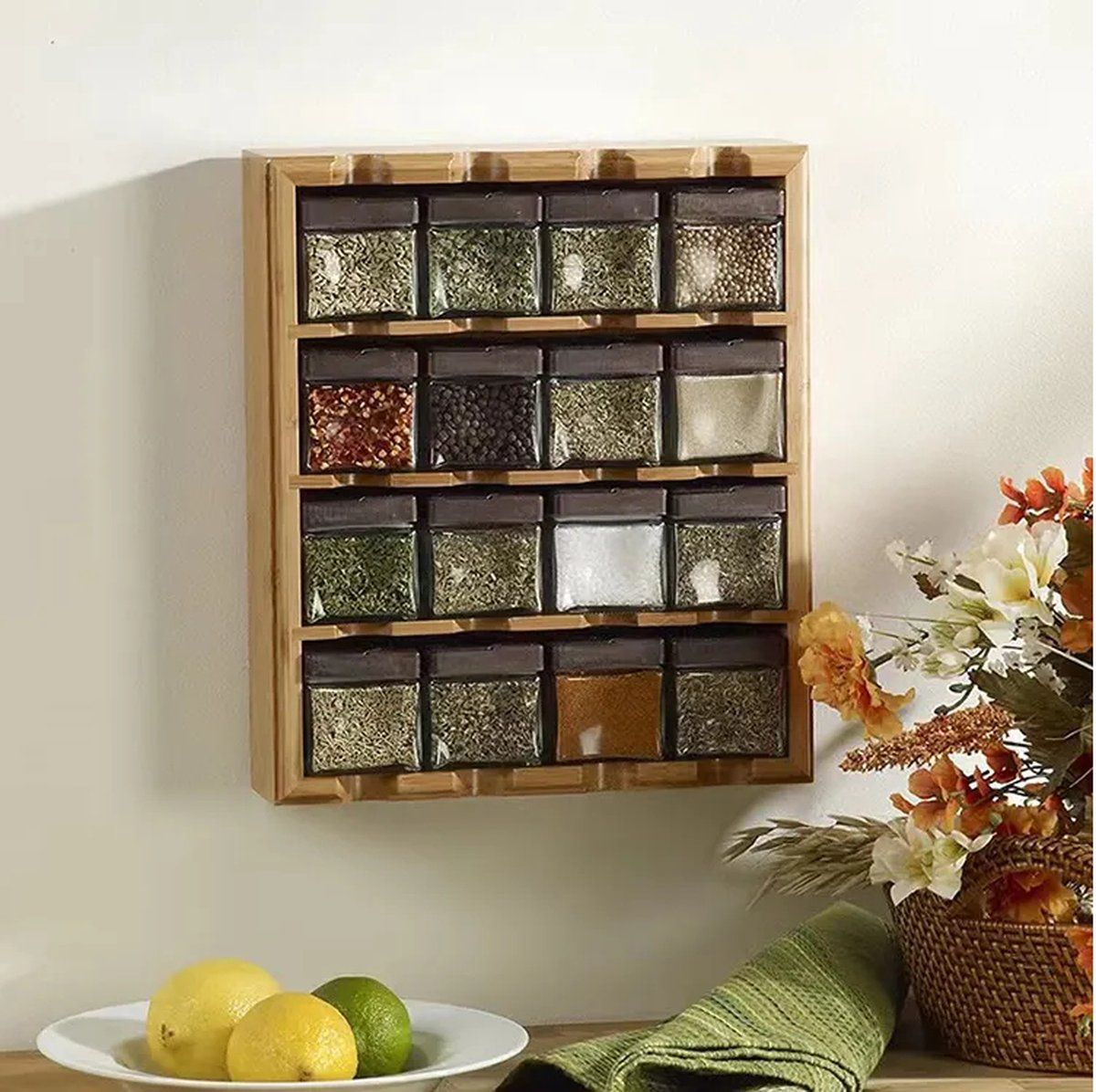Bamboo, often revered for its sustainability and strength, has been a staple material in furniture making for centuries. Traditionally, bamboo furniture was handcrafted, with artisans meticulously shaping and assembling each piece. However, with the advent of technology, the industry has undergone significant changes, transitioning from handmade to machine-made processes. This evolution has reshaped how bamboo furniture is produced, offering new opportunities and challenges.
The Handmade Era
For generations, bamboo furniture making was an artisanal craft, deeply rooted in cultural traditions. Artisans would harvest bamboo, treat it manually, and fashion it into furniture using basic tools. The process was labor-intensive and required immense skill and patience. Each piece of furniture was unique, reflecting the artisan’s expertise and creativity.
Handmade bamboo furniture was known for its intricate designs and attention to detail. However, the time and effort required to produce each piece limited production volumes, making bamboo furniture a niche market. Despite these limitations, the craftsmanship involved in handmade bamboo furniture earned it a reputation for durability and aesthetic appeal.
The Shift to Machine-Made Processes
As demand for bamboo furniture grew and industrialization advanced, the need for more efficient production methods became apparent. The introduction of machinery in bamboo furniture manufacturing marked a turning point. Machines enabled faster processing of bamboo, from cutting and shaping to assembly and finishing.
CNC (Computer Numerical Control) machines, for instance, revolutionized the industry by allowing precise and intricate designs to be produced quickly and consistently. Automated systems also enabled mass production, reducing costs and making bamboo furniture more accessible to a broader market.
This shift from handmade to machine-made processes brought about a significant change in the industry. Production timelines shortened, and the scale of operations expanded. Manufacturers could now meet the growing demand for bamboo furniture without compromising on quality. However, the move towards mechanization also raised concerns about the potential loss of traditional craftsmanship.
Balancing Tradition and Innovation
While machine-made bamboo furniture has gained popularity, there is still a strong appreciation for handmade pieces. The challenge for the industry has been to strike a balance between preserving traditional craftsmanship and embracing technological advancements.
Many manufacturers are now adopting a hybrid approach, where machines handle the bulk of the production, but artisans still play a crucial role in the finishing stages. This allows for the efficiency of machine-made production while retaining the artistry and uniqueness of handmade furniture.
Sustainability and Future Prospects
Bamboo is celebrated as a sustainable material due to its rapid growth and minimal environmental impact. As the world becomes more eco-conscious, bamboo furniture is gaining traction as an eco-friendly alternative to traditional wood. The technological evolution of bamboo furniture manufacturing has further enhanced its sustainability, as modern processes reduce waste and energy consumption.
Looking ahead, the future of bamboo furniture manufacturing seems promising. Advances in technology, such as 3D printing and automation, continue to push the boundaries of what is possible with bamboo. These innovations are likely to make bamboo furniture even more versatile, affordable, and environmentally friendly.
The journey from handmade to machine-made bamboo furniture represents the broader trend of technological evolution in manufacturing. While the industry has embraced modern methods, the essence of bamboo furniture – its sustainability, strength, and cultural significance – remains intact. As technology continues to advance, the challenge will be to preserve the rich heritage of bamboo craftsmanship while embracing the efficiencies and possibilities that machines offer.
Post time: Aug-30-2024









